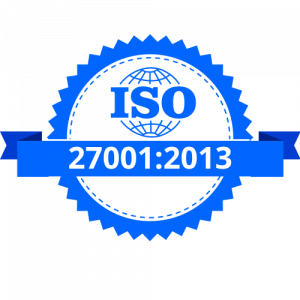
- January 10, 2023
- admin
- 0
Implementing Salesforce CPQ Successfully: Tips and Tricks
Table of Contents
ToggleImplementing Salesforce CPQ (Configure, Price, Quote) can be a complex and time-consuming process, but the result – a streamlined, efficient sales process – is well worth the effort. Here are some useful tips for a successful Salesforce CPQ implementation:
1. Start with a Clear Goal in Mind:
It’s important to have a clear understanding of what you hope to achieve with Salesforce CPQ. Do you want to streamline your quoting process? Automate pricing? Improve accuracy? A clear goal will help guide your implementation process and ensure you get the most out of the tool.
2. Gather Input from all Relevant Stakeholders:
As Salesforce CPQ is likely to impact many different teams within your organization, it is important to consult with all relevant stakeholders before implementing it. By gathering input from sales, finance, IT, and any other team that will be affected by the implementation, you can ensure everyone’s needs are met and that the implementation is successful.
3. Clean & Organize your Data:
Your Salesforce CPQ installation should begin with clean, organized data. Having clean and organized data will improve the accuracy of your quotes, as well as make the implementation process a lot smoother. It includes everything from product and pricing information to customer and opportunity information.
4. Customize Salesforce CPQ to fit Your Needs:
The Salesforce CPQ tool is highly customizable, so be sure to take advantage of it to tailor it to your needs. Customizing Salesforce CPQ to fit your needs will allow you to make the most out of the tool by customizing the quoting process, setting up automated rules for pricing and discounts, or integrating with other tools and systems.
5. Test, Test, Test:
Make sure Salesforce CPQ is working correctly before you roll it out to your entire organization. You may need to set up test products, customers, and opportunities, and go through the quoting process to ensure everything is working.
6. Train Your Team:
The first step to ensuring your team uses Salesforce CPQ effectively is to provide them with training, whether it is in-person training sessions or online resources, like videos or documentation.
7. Monitor and Optimize:
To keep Salesforce CPQ up to date and ensure that it’s meeting your needs, you should continually monitor and optimize the tool. This might include analyzing quote accuracy, tracking sales productivity, and improving the quotes.
8. Use the Opportunity to Reassess your Sales Process:
If you’re considering Salesforce CPQ, this allows you to reevaluate your entire sales process. Like- do you have any inefficiencies or bottlenecks that can be resolved? Are there any steps that can be automated or eliminated?
9. Consider Using a CPQ Specialist:
CPQ implementation can be a complex process, so it might be beneficial to hire a specialist who is familiar with the tool to help. You can rely on a CPQ specialist to customize the tool based on your unique needs, train your team, and provide ongoing support as you continue to use it.
10. Integrate With Other Tools and Systems:
Salesforce CPQ can be integrated with a variety of other tools and systems.
Conclusion
By following these tips, you can set yourself up for a successful Salesforce CPQ Implementation. By having a clear goal in mind, gathering input from relevant stakeholders, cleaning and organizing your data, customizing the tool to fit your needs, testing thoroughly, training your team, and continuously monitoring and optimizing, you can ensure that Salesforce CPQ becomes a valuable asset to your organization.
Do you need a Salesforce CRM from a Certified Partner. Contact CRM-Masters that help businesses to accelerate their growth by find new prospects, increase sales and improve customer services.












